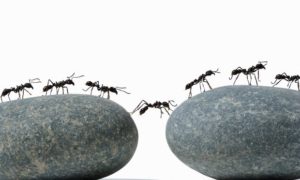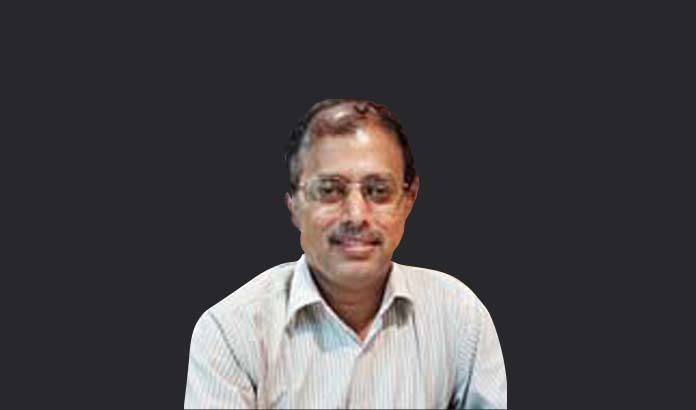Q. How have you seen the Indian leadership trend changing?
A. The first thing that I observed in my career was 15 years ago when manufacturing revolution was yet to touch the Indian traditional manufacturing unit set-up. The second thing I noticed was the change in economy with the IT boom, both from the perspective of leadership style as well as knowledge workers across blue and white collar jobs. And in the present scenario, I can see the expectations of the FMCG sector in terms of providing leadership change a direction. Of what I have seen in the last 20 years in India, our leaders are not keen about understanding the expectations of the employees or becoming aware of the ground level realities to understand the field structure which will influence the strategic leadership decision. Additionally, there was pressure in terms of cost of manufacturing and also the manufacturing process improvement which was predominantly brought in by the Japanese especially with focus on quality, cost and delivery on time. But with the years the total perspective has changed. The leaders have realised that their leadership style needed a change depending on the kind of situation, employees and the knowledge level.
Q. What is the difference between the leadership styles with traditional workforce and the current workforce?
A. Earlier the workers did not expect much when it came to their job. The expectations in terms of management, achieving goals, infrastructure and facilities were not deemed as a priority. This could probably be because of the economy and scarcity of jobs then. Today, the situation is completely different. The young workers today demand everything on the day of joining including infrastructure, apart from compensation. Young workers focus not only on compensation but also on clarity of role and career path, which was never discussed 20 years ago. On the day of joining, youngsters want to know where they will be in the next five years.
Q. How can leaders be traced from a team of managers?
A. Thinkers are abundant today and ideas can be bought from outside. There are many companies and consultancies available as also the Internet which is resourceful; what is required is execution skill. People who demonstrate good execution skills against all odds and good interpersonal skills can extract work from the dependent functions, and lead their team forward making use of lower cost to provide quality. They complete work within a stipulated time, and have the markings of a good leader, which will differentiate them from managers.

Q. How difficult is it for the leaders to lead knowledge workers?
A. The problem is to engage them. Today, when workers come to office, they come with an intention to deliver high performance. The quest for learning is there in every person, as he or she wants to raise his or her level of the performance and progress. Since they have the intellectual capabilities, they expect challenges within the organisation. A worker wishes to handle multiple brands and is not content with handling just one. There is a continuous demand for expansion of span of control both in terms of people management and domain expectation— this is one challenge; the other being the scope for continuous learning; whether we allow them to work with cutting-edge technology. These are the major expectations of the young workforce from its organisation, and hence leaders are expected to do proper planning.
Q. What kind of leadership styles do Indians best respond to?
A. Our mindsets is always directing; that is where we have been useful and also feel comfortable. This is the approach I have seen in at least 80 per cent of the leaders. Unfortunately these leaders are holding critical positions in organisations, which serve to be detrimental, as they are the ones that take business decisions. It would be better if we move to a supporting style and delegate with control, because today we have excellent, qualified and competent workers who are energetic and self-motivated.
Q. What are the positive aspects of Indian leaders?
A. Traditionally, Indian leaders are empathetic to situations and people which is one great practice. While they push for the result, they are also concerned about various other factors. And this empathising is an integral part of our culture and the way we have been brought up, which will also impact the performance of the employees. It is important to keep employees motivated else projects will falter. I have witnessed incidents where Indian leaders have fought with the U.S. project customers in terms of shifting the date to accommodate team members who had certain personal problems; and this was done at the cost of revenue of dollar per hour. The second positive thing being appreciation coming from leaders spontaneously when good things are done, though that was not the case earlier. Though we are yet to reach that maturity level, at least people are being sensitive to the fact that instant appreciation and celebrating small success is important.
Q. How would you define leadership? Where does ethical leadership come into picture?
A. Leadership is about correct execution of ideas. It is also about showing personal credibility i.e., integrity, because what we preach, we have to practise. Following discipline, integrity and establishing personal credibility is important for a leader.
The third important element is domain expertise. We cannot separate ethics from leadership; else companies and individuals will fall flat in their professional competency. Values are important and serve as building blocks for a successful leader
























